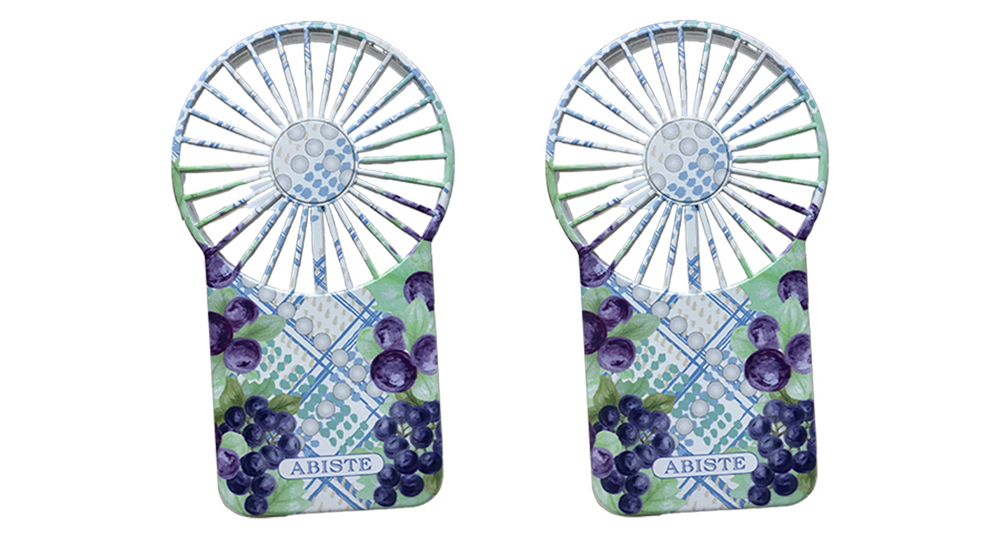
printer casing
- By:uv digital printing
- 2024-05-20
- 1,590
Printer casings, often overlooked in the realm of printing technology, play a crucial role in both the functionality and aesthetics of printers. While their primary purpose is to protect the internal components of the printer, casings also contribute to the overall user experience and brand image. In this article, we’ll delve into the significance of printer casings, their design considerations, materials used, and how they impact the printing landscape.
The Importance of Printer Casings
Printer casings serve as the outer shell that encloses and protects the internal components of the printer, including the print head, ink cartridges, and electronic circuitry. Beyond their protective function, casings also play a vital role in:
1. Brand Identity:
Printer casings often feature brand logos, colors, and design elements that help differentiate one printer model from another. A well-designed casing can enhance brand recognition and reinforce brand identity in the minds of consumers.
2. User Experience:
The design of printer casings can significantly impact the user experience. Ergonomic features, intuitive controls, and accessible ports contribute to ease of use and user satisfaction, while thoughtful design elements enhance the overall aesthetics of the printer.
3. Durability and Reliability:
High-quality printer casings are constructed from durable materials that provide protection against physical damage, dust, and moisture. A robust casing ensures that the internal components remain secure and functional, prolonging the lifespan of the printer.
Design Considerations for Printer Casings
1. Form and Function:
Printer casings must strike a balance between form and function. The design should not only be visually appealing but also practical, with features that enhance usability and accessibility for users.
2. Ergonomics:
Ergonomic considerations, such as the placement of control panels, buttons, and interfaces, are crucial for ensuring user comfort and convenience. Casings should be designed with ergonomics in mind to minimize strain and fatigue during operation.
3. Branding Elements:
Brand logos, colors, and design motifs should be incorporated thoughtfully into the casing design to create a cohesive brand identity. These elements should be visible and recognizable without overwhelming the overall design aesthetic.
4. Material Selection:
The choice of materials for printer casings impacts not only the durability and reliability of the printer but also its appearance and feel. Common materials used for printer casings include plastic, metal, and composite materials, each offering unique properties and aesthetic qualities.
Materials Used in Printer Casings
1. Plastic:
Plastic is a popular choice for printer casings due to its affordability, lightweight, and versatility. It can be molded into various shapes and colors, allowing for a wide range of design possibilities. Additionally, plastic casings are durable and resistant to impact and scratches.
2. Metal:
Metal casings, typically made from aluminum or steel, offer superior strength and durability compared to plastic. They provide excellent protection for internal components and convey a sense of quality and reliability. Metal casings are often used in high-end or industrial-grade printers.
3. Composite Materials:
Composite materials, such as fiberglass-reinforced plastic (FRP) or carbon fiber, combine the strength and durability of metal with the lightweight and moldability of plastic. These materials offer a good balance of performance and aesthetics, making them suitable for a wide range of printer applications.
Impact of Printer Casings on the Printing Landscape
Printer casings play a significant role in shaping the printing landscape, influencing consumer perceptions, brand loyalty, and market trends. Well-designed casings can enhance the appeal of printers, driving sales and market share for manufacturers. Additionally, innovative casing designs can spark interest and excitement in the printing industry, leading to advancements in technology and design.
Conclusion
Printer casings are more than just protective shells for internal components; they are a reflection of brand identity, user experience, and design innovation. By considering factors such as form and function, ergonomics, branding elements, and material selection, manufacturers can create printer casings that not only provide reliable protection but also enhance the overall user experience and appeal. As the printing industry continues to evolve, the role of printer casings will remain integral, shaping the way we interact with and perceive printers in the digital age.
-

Successfully Concluded! Nocai Shenzhen Expo Achieves a Double Harvest of Popularity and Results—We Sincerely Invite You to Visit and Inspect!
2025-10-23 -

Nocai Shenzhen Expo Day 3 is a hit! Tomorrow is the last day—Hall 13, Booth J37-40 is waiting for you!
2025-10-22 -

Shenzhen Gift Expo Day2 Focus: Nocai Bestsellers Set the Venue on Fire, Hidden Exhibition Area Exclusively Open
2025-10-21 -

Grand Opening! Live Coverage of the 33rd Shenzhen Gift Expo – Nocai Presents 5 Core Printing Devices at Booth 13J37-40
2025-10-20 -

27th Cross-Strait Longgang Print & Culture Expo Wraps Up! NOCAI Booth A-G7-2: 4 Core Devices + Pro Services Unlock New Industry Potential
2025-10-20 -

Shenzhen Gifts Fair Concludes Successfully, Nocai Embarks on a New Journey!
2025-08-15 -

Planting for the future- 3.12 Arbor Day, Voluntary action building a green home together!
2025-08-15 -

Women’s Day | “Saluting Your Brilliance, Honoring Trailblazing Women — Nocai Celebrates Every Woman with Festive Blessings & Heartwarming Gifts!”
2025-08-15 -

APPPEXPO Concludes Successfully Today! Nocai and Global Partners Co-“Print” Brilliance, Next Stop Will Be Even More Exciting!
2025-08-15 -

“Charting the Course in the Bay Area • Building Dreams in Dagang” — Guangzhou Nocai Invited to High-Quality Growth Forum in Dagang Town
2025-08-15
-

UV Flatbed Printers: Industrial Potential & Innovative Applications
2025-12-26 -

6090 UV Flatbed Printer: Media Compatibility Study & Detailed Compatible Materials List
2025-12-26 -

“Print first, then form” or “Form first, then print”? — Process choice in collaborative manufacturing
2025-12-18 -

What special effects can cylinder printer achieve? It makes each bottle of wine into a work of art.
2025-12-18 -

Say Goodbye to “Stringing” & “Ink Piling”: Practical Tips for Fine-Tuning UV Printer Nozzle Height
2025-12-11 -

The Business of Custom Phone Cases: How a UV Printer Unlocks Thousands of Creative Ideas
2025-12-11 -

Winter & Autumn UV Printer Stability Guide: Complete Temperature & Humidity Control
2025-12-04 -

Debunked: 5 Common Misconceptions About UV Printers & the Truths
2025-12-04 -

6090 UV Printer Daily Troubleshooting Guide: Make Operation Simpler
2025-11-27 -

Is Adhesion Adequate for Cosmetic Printer on Bottle Bodies? Here’re the Critical Checks!
2025-11-27
CONTACT US


Guangzhou Nuocai Digital Products Co., Ltd.
If you would like to keep touch with us directly, please go to contact us



